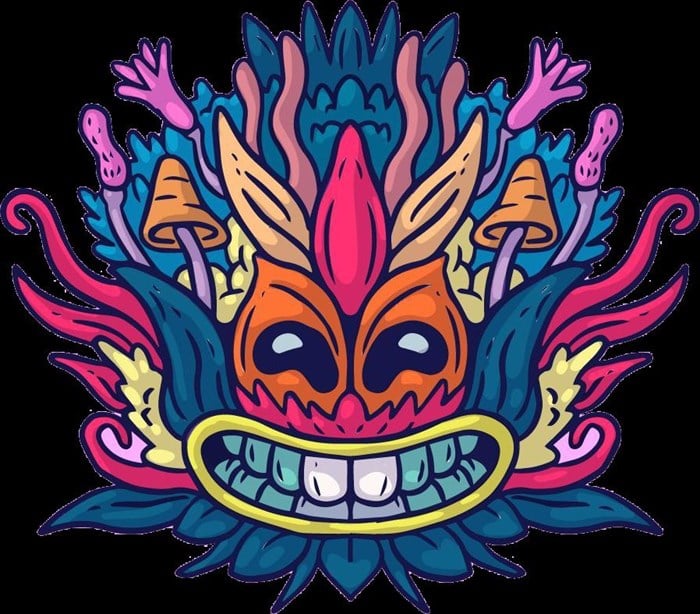ArtJaming founder Leora Hesson launched the African NFT Art Collection in an effort to bring South African artists to the forefront of the NFT market.
Image courtesy of: African NFT Art Collection
An NFT is an immutable token, a unique digital identifier that cannot be copied, replaced or distributed, recorded in the blockchain and used to verify authenticity and ownership.
“NFTs and Web3.0 are male-dominated industries. We are one of the few women in this industry and we hope to encourage more women to join us in this very exciting journey, said Hessen.
We spoke to her to find out more about how she got started and what the African NFT Art Collection really has to offer…
Tell us a little more about the work you do – how did systems analysis and fashion collide?
At university, I did a BCom degree in Programming and Systems Analysis and Design. My family was always involved in fashion so I grew up in the fashion industry.
While I was still studying, I worked part-time in my parents’ textile business. They need to be more efficient and I have written some programs for trading to help automate stocks and sequences. This was at a time when faxes were considered cool!
My passion has always been for art and fashion so I have been in the fashion industry for almost 25 years. With my partner, we started Artjamming at the same time – and it gave me a great insight into the art industry. I’ve worked with many young artists over the last 14 years, and I’m happy to say that many young artists who started their careers at artjamming are now making amazing works of art.
What do you think is the benefit of expanding the NFT market in South Africa?
The NFT market allows artists to showcase their work internationally. They have the ability to set their own prices and target their own audience. For me, it’s very interesting that an artist sitting in South Africa can see a client sitting in, for example, Finland.
The NFT market is a fast growing market and offers exposure opportunities to other industries and brands as well. We are now working with artists and musicians and there is so much we can do using blockchain technology.
Tell us a little more about what the African NFT Art Collective is and what inspired its inception.
When I started researching the NFT market in early 2020, I quickly realized that this was the beginning of an alternative way to navigate the online world and the beginning of combining art with real world benefits and ownership.
I also don’t see NFTs as an isolated concept. NFTs are becoming critical in Web3.0, and the two go hand in hand.

Image courtesy of: NFT art
What inspired me to start the African NFT Art Collection? After speaking with many artists (established and emerging), I realized that this is not easy to understand if it is completely new to them. As an artist, the world of technology can be very scary. NFTs were starting to become a buzz word but many artists didn’t understand the exact process of creating their artwork.
We are facing many challenges in this country like expensive internet service, unreliable connectivity, lack of awareness and also intermittent electricity supply. The African NFT Art Collection was established to overcome all these challenges and help the artist through the process from start to finish.
Since NFTs are still such an unknown, how do you plan to be sure that the artists involved are fully prepared to work with artjamming?
We have developed an educational aspect to our business: this is called NFTy-Art. We have created an educational program that covers the concept of NFTs and everything that surrounds them.
We offer real-life lessons to anyone who wants to learn about this concept in a fun and engaging process. We also offer a “plug and play” option: you provide the artwork and we join the association and market it for you. The artist does not need to do anything else.
What impact do you hope to make with this project?
In our educational programs, we want to remove the fear and uncertainty surrounding NFTs and Web3.0. There is no reason why artists should be excluded from this space.
Another great advantage we have is that we actually live in real places. The biggest danger in working in a virtual world is that you don’t know who you can trust. There are many people who claim to be experts, and when things go wrong, it’s hard to find them.
We do not claim to be the leading experts in this field, it is growing rapidly. But we have strong training and loyalty.




